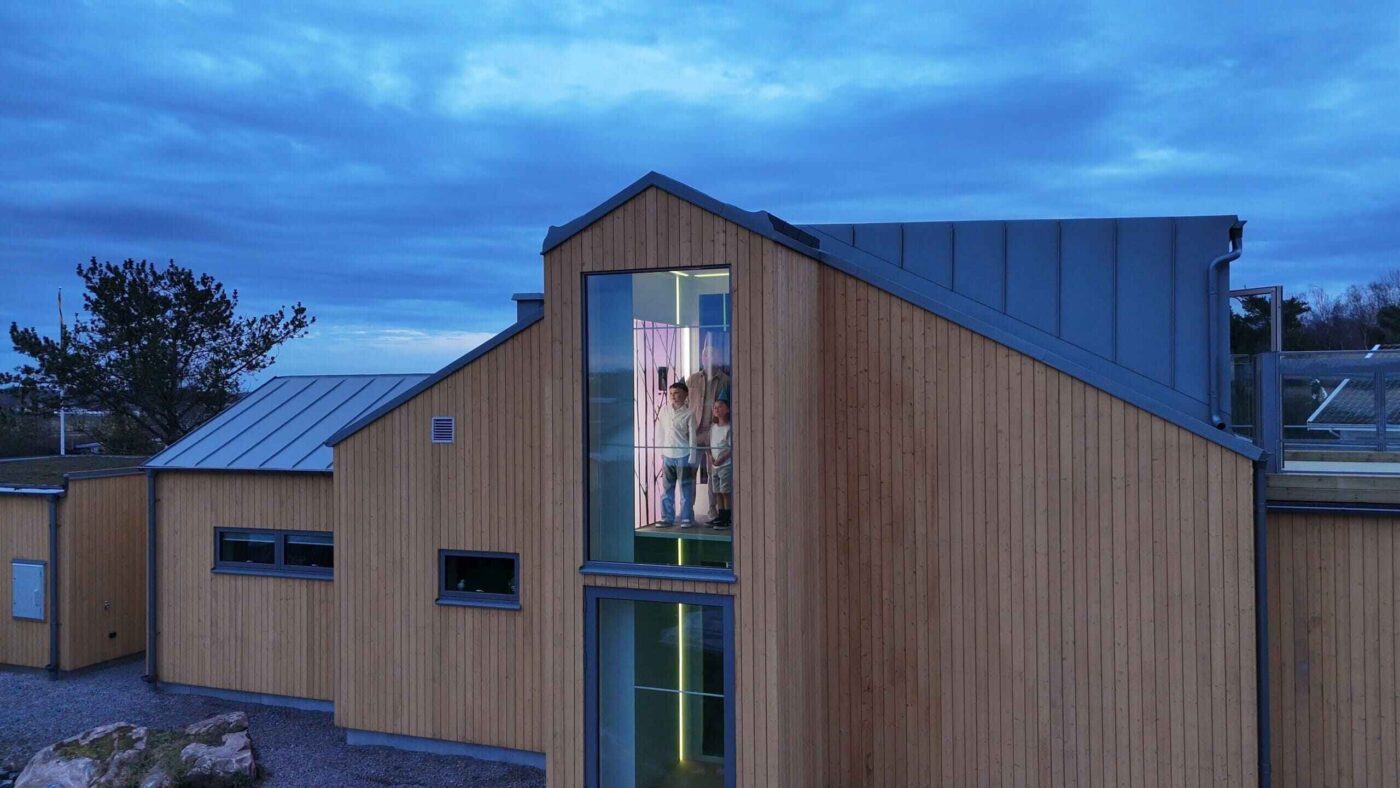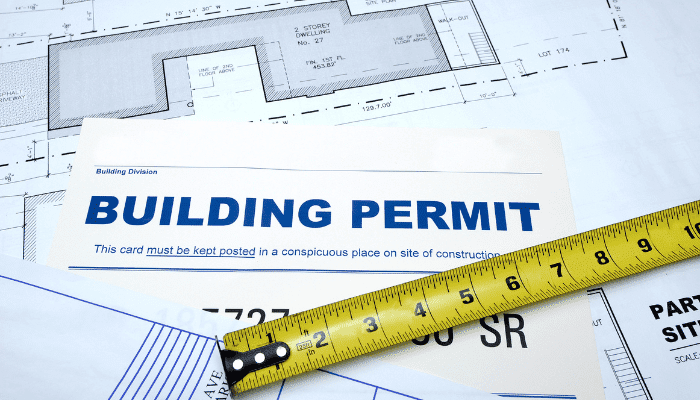
Building a two-story home in Australia is a thrilling project that provides plenty of room, breathtaking vistas, and the ideal setting for customizing your living area. Installing a lifts for homes is one modern addition many homeowners are considering. If you install a lift, your two-story home will be more accessible and have a touch of elegance and convenience. In this article, we’ll go over the advantages of having home lifts in your house, things to think about, and the answers to some commonly asked concerns regarding home lifts.
Benefits of Installing a Lifts For Homes
Improved Accessibility
One primary reason to install a elevator for 2 story house is to improve accessibility. For families with elderly members or individuals with mobility issues, internal home lifts provide an easy and safe way to move between floors. This can significantly reduce the risk of falls and injuries, ensuring that everyone in the household can enjoy full access to all areas of the home.
Increased Property Value
Investing in domestic lifts for houses can also enhance the overall value of your property. Prospective buyers often view internal home lifts as desirable, particularly in markets where accessibility is crucial. This can make your property more attractive and command a higher resale price. Additionally, home lift installation can set your home apart from others on the market, giving it a unique selling point.
Enhanced Convenience and Luxury
Lifts for homes add convenience and luxury that stairs simply cannot match. Whether you’re transporting heavy items or groceries or just looking for a comfortable way to move between floors, a lift makes daily life easier. It also provides a modern and sophisticated element to your home, contributing to an overall sense of luxury and contemporary living.

Why Screw and Nut-Driven Elevators are Perfect for a 2-Floor Houses
Screw and nut-driven home lifts, such as the SWIFT, offer an optimal solution for these needs. Their unique mechanism and design make them particularly well-suited for homes where space is limited. Here’s why screw and nut-driven home lifts are a perfect choice for a 2-story home:
Compact Design: Extremely space-efficient, ideal for homes with limited space, such as townhouses or duplex apartments.
Mechanism: Uses a motor to rotate a drive nut along a drive screw, causing the elevator to move up or down smoothly.
Reliability: Known for being very reliable and robust, requiring minimal maintenance.
Safety: It offers inherent stability and controlled movement, minimizing the risk of sudden drops or malfunctions. It includes safety features like emergency stop buttons, backup power supplies, and door interlocks.
Residential Suitability: Perfect for residential settings with premium space, enhancing accessibility without extensive renovations.
Factors to Consider For Home Elevator Installation
Space and Design Integration
When planning to install home lifts in australia, one of the first factors to consider is how the lift will integrate with your existing design aesthetics. It’s essential to choose a lift that complements your home’s architectural style. Consider the size and location of the lift shaft, ensuring that it doesn’t disrupt the flow or functionality of your living spaces. Working with an experienced architect or designer can help seamlessly integrate the lift into your home’s layout.
Cost and Budgeting
The cost of installing a lift can vary significantly based on several factors, including the type of lift, the complexity of the installation, and any custom features you might choose. It’s crucial to set a realistic budget that covers the initial installation costs and ongoing maintenance expenses. Consulting with multiple lift installation companies can help you understand the costs and make an informed decision.
Type of Lift
There are different types of residential lifts to choose from, each with its advantages and considerations:
Hydraulic Lifts: These lifts are known for their smooth and quiet operation. The hydraulic pump requires a separate machine room, which can take up additional space.
Traction Lifts: These lifts use a counterweight system and are typically more energy-efficient. They can be installed in homes with limited space since they don’t require a machine room.
Screw and nut driven Lifts: These lifts have a machine room less design with the motor and drive system built in into the platform. The nut is turning along the drive screw moving the lift up and down. Screw and Nut driven lifts are known to be quiet with very little after service.
Choosing the correct lift type depends on your specific needs, space availability, and budget.

Regulations and Permits
Installing a lift for homes in Australia requires compliance with various regulations and obtaining the necessary permits. This includes adhering to safety standards and building codes and conducting regular inspections. Working with a reputable lift installation company that understands local regulations can help streamline this process and ensure your lift complies with all requirements.
Energy Efficiency and Sustainability
In today’s eco-conscious world, considering your home lift’s energy efficiency and sustainability is essential. Modern lifts are designed with energy-efficient motors and systems that reduce power consumption. Some lifts offer eco-friendly options such as regenerative drives, which can feed energy back into the grid. Opting for sustainable materials and energy-efficient designs can help minimize your lift’s environmental impact.
Ready to Elevate Your Home? Get Started with Swift Lift Today!
Installing a elevator for 2 story house in Australia is a significant decision that can significantly enhance your living experience. SWIFT Lift provides top-quality home lifts catering to your needs and preferences. With a focus on safety, reliability, and luxury, Swift Lift is committed to helping you create a more accessible and elegant home environment. Contact us today to learn more about our range of domestic lifts for houses and start planning your installation.
FAQs
The average cost of installing a lift in a two-story home in Australia can range from AUD 30,000 to AUD 60,000, depending on the lift type and specific installation requirements. This estimate includes the lift itself, installation, and any necessary modifications to your home. It’s essential to obtain detailed quotes from several suppliers to understand the costs involved.
The space required for a home lift varies depending on the type and model. Generally, a residential lift needs a shaft area of approximately 1 to 1.5 square meters. Some lifts may require a machine room, while others, like pneumatic lifts, do not. Consulting with a lift installation specialist can help you determine the exact space requirements for your home.
Yes, installing a lift on a residential property in Australia requires compliance with several regulations and standards. This includes adhering to the Australian Standards for lifts (AS 1735), obtaining building permits, and ensuring regular inspections and maintenance. Working with a professional lift installation company that understands these regulations can help ensure a smooth and compliant installation process.
The installation time for a home lift can vary depending on the complexity of the project and the type of lift. On average, the installation process can take 4 to 8 weeks, from initial planning and permits to the final installation and testing. Factors such as the need for structural modifications and the availability of components can also affect the timeline.
Regular maintenance is crucial to ensure a home lift’s safe and efficient operation. This typically includes periodic inspections, lubrication of moving parts, and testing of safety systems. Most lift installation companies offer maintenance contracts covering routine servicing and necessary repairs. It’s recommended to schedule maintenance at least once a year to keep your lift in optimal condition.
Get In Touch










